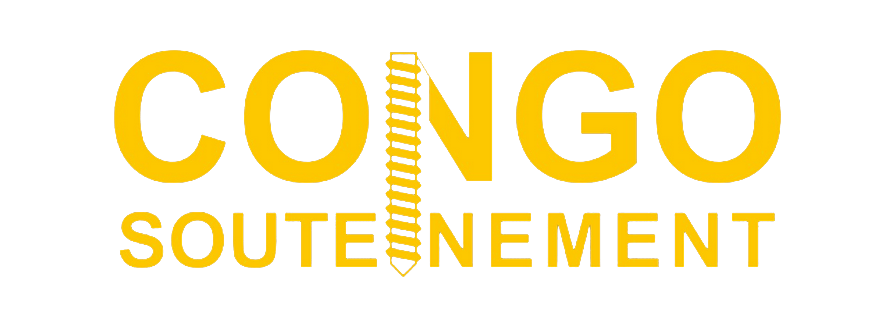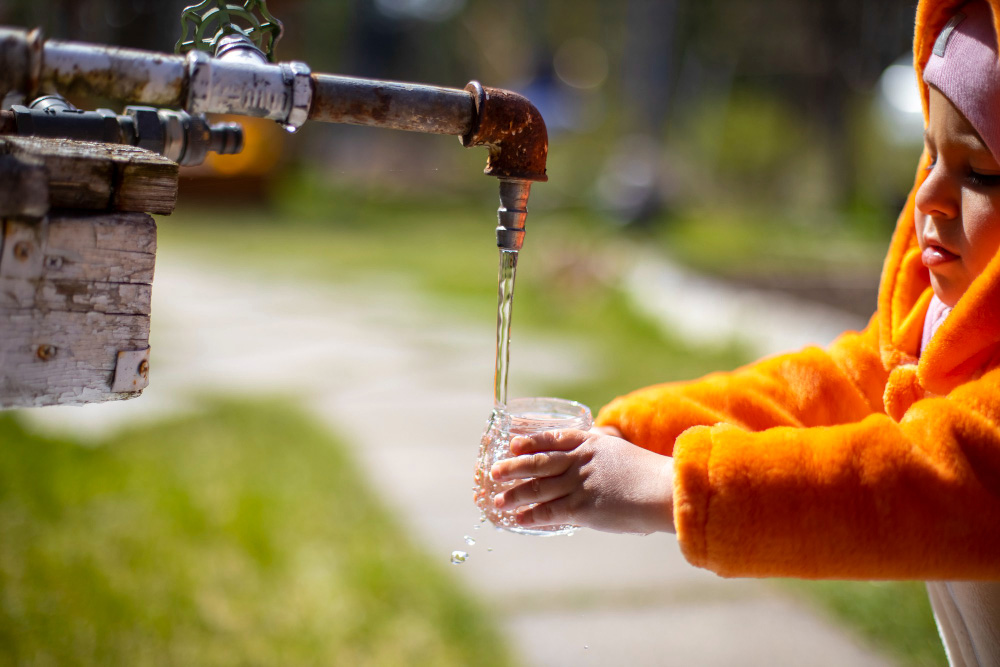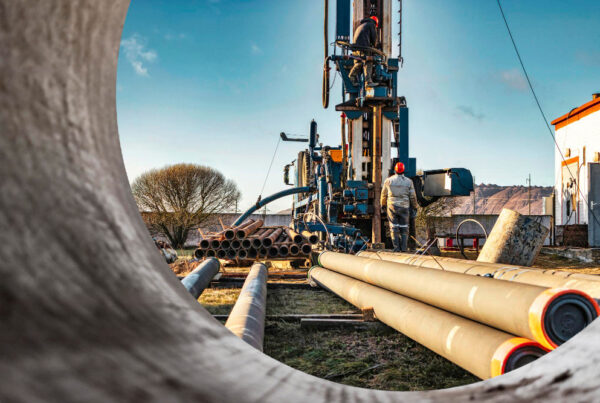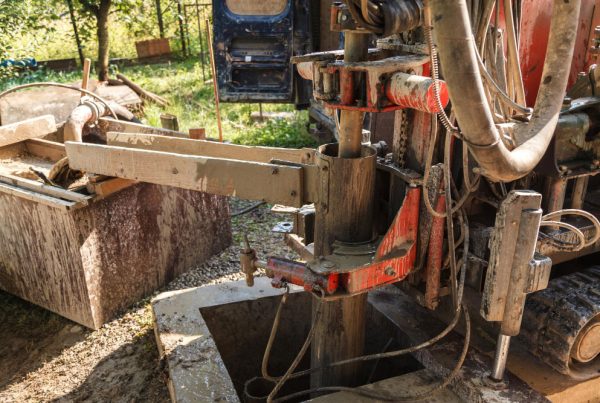Water wells are a vital resource, providing reliable access to groundwater for drinking, irrigation, and other uses. To keep a water well functioning at its best, regular maintenance is essential. Proper care not only ensures clean water but also extends the lifespan of the well. In regions like Congo, where access to clean groundwater is crucial, following best practices for water well maintenance is especially important. This article offers tips on maintaining water wells to ensure optimal performance and longevity.
1. Regular Inspection
Regular inspections are the first step in maintaining a water well. Over time, components like the pump, casing, and seals can deteriorate, leading to reduced performance or contamination risks. Conducting annual inspections helps identify potential issues before they become serious problems.
Inspection Tips:
- Hire a qualified professional to inspect the well at least once a year.
- Check the well casing and seals for signs of wear or damage.
- Inspect the pump system to ensure it’s functioning efficiently and not using excessive energy.
2. Water Quality Testing
Maintaining good water quality is essential for any water well. Over time, contaminants like bacteria, nitrates, and other pollutants can enter the water supply. Regular water testing ensures that the water remains safe for consumption and use. In Congo, where safe drinking water is a priority, regular water quality testing is particularly important to protect community health.
Water Testing Tips:
- Test your water at least once a year, or more frequently if there are known contaminants in the area.
- Use a certified lab to check for common contaminants such as bacteria, nitrates, and heavy metals.
- Monitor any changes in taste, smell, or appearance of the water, as these can indicate contamination.
3. Keep the Well Area Clean and Clear
The area surrounding a water well can directly impact its cleanliness and performance. Keeping the wellhead free of debris, chemicals, and waste minimizes the risk of contaminants entering the well. In regions like Congo, where agricultural and residential activities are common near wells, maintaining a clean well area is crucial to preventing contamination.
Best Practices for Well Area Maintenance:
- Keep a safe distance between the well and sources of contamination, such as fuel storage, septic tanks, and livestock pens.
- Regularly clear vegetation and debris from around the wellhead to prevent damage and contamination.
- Avoid using chemicals or pesticides near the well to protect the water supply.
4. Monitor the Water Pump Performance
The pump is a critical component of a water well system, and its efficiency affects both water flow and energy use. Monitoring the pump’s performance helps identify issues early, such as reduced flow rate or increased energy consumption, which can indicate wear or damage.
Pump Maintenance Tips:
- Check the pump’s flow rate periodically to ensure it’s operating at optimal capacity.
- Listen for unusual noises or vibrations, which could indicate a mechanical issue.
- Schedule professional maintenance for the pump every few years to ensure it remains in good working condition.
5. Preventative Measures for Seasonal Changes
Seasonal changes can affect water wells, particularly in regions that experience heavy rainfall, droughts, or temperature fluctuations. Taking preventive measures helps protect the well from damage due to environmental factors. In Congo, where rainy and dry seasons can vary significantly, adapting well maintenance practices to seasonal conditions is essential.
Seasonal Maintenance Tips:
- During rainy seasons, ensure the wellhead is sealed properly to prevent runoff from entering the well.
- In dry periods, monitor water levels to prevent over-pumping, which can lead to well depletion.
- Protect the wellhead from freezing or excessive heat if seasonal temperature extremes occur.
6. Record-Keeping and Documentation
Keeping accurate records of maintenance activities, inspections, and water quality tests is essential for tracking the well’s performance over time. This documentation helps identify patterns, plan future maintenance, and demonstrate regulatory compliance if needed.
Tips for Effective Record-Keeping:
- Maintain a log of inspection dates, repairs, and water quality test results.
- Document any changes to the well system, such as pump replacements or casing repairs.
- Use records to plan regular maintenance schedules and track the well’s performance history.
Conclusion
Proper maintenance of water wells is essential for ensuring a reliable supply of clean water and extending the well’s lifespan. From regular inspections and water quality testing to keeping the well area clean, these best practices help maintain optimal well performance. In Congo, where water wells are critical for both residential and agricultural needs, following these maintenance tips supports safe and sustainable water access. By adopting these proactive measures, well owners can protect their water resources and provide a dependable supply for years to come.






